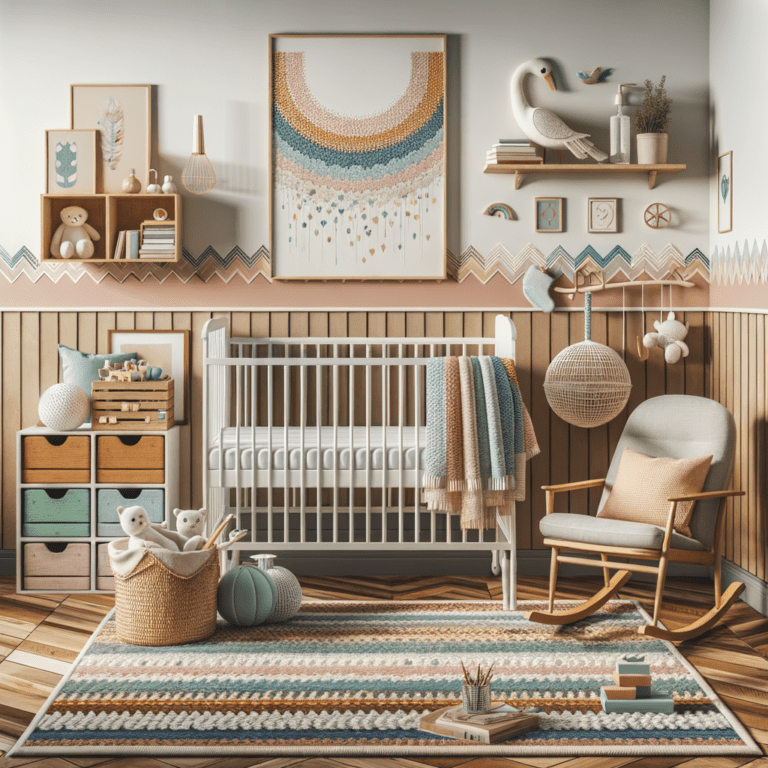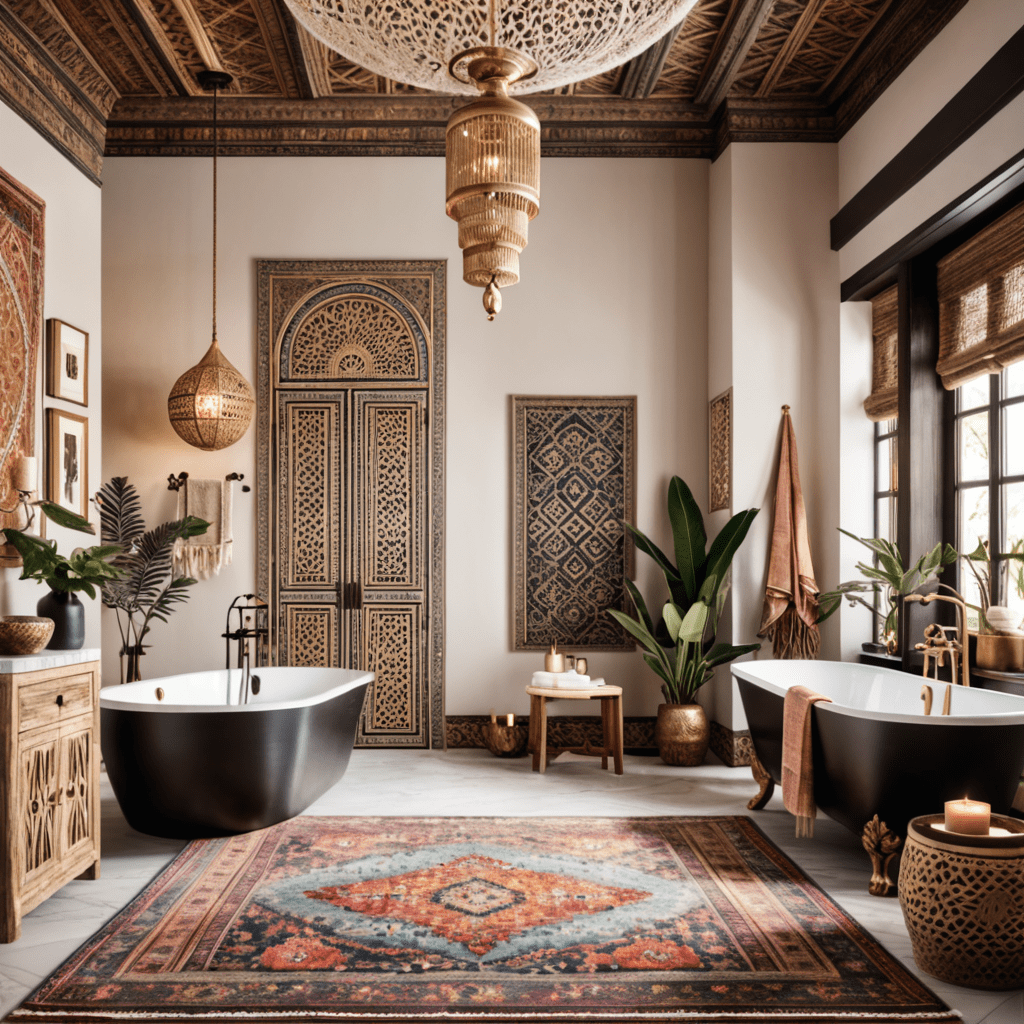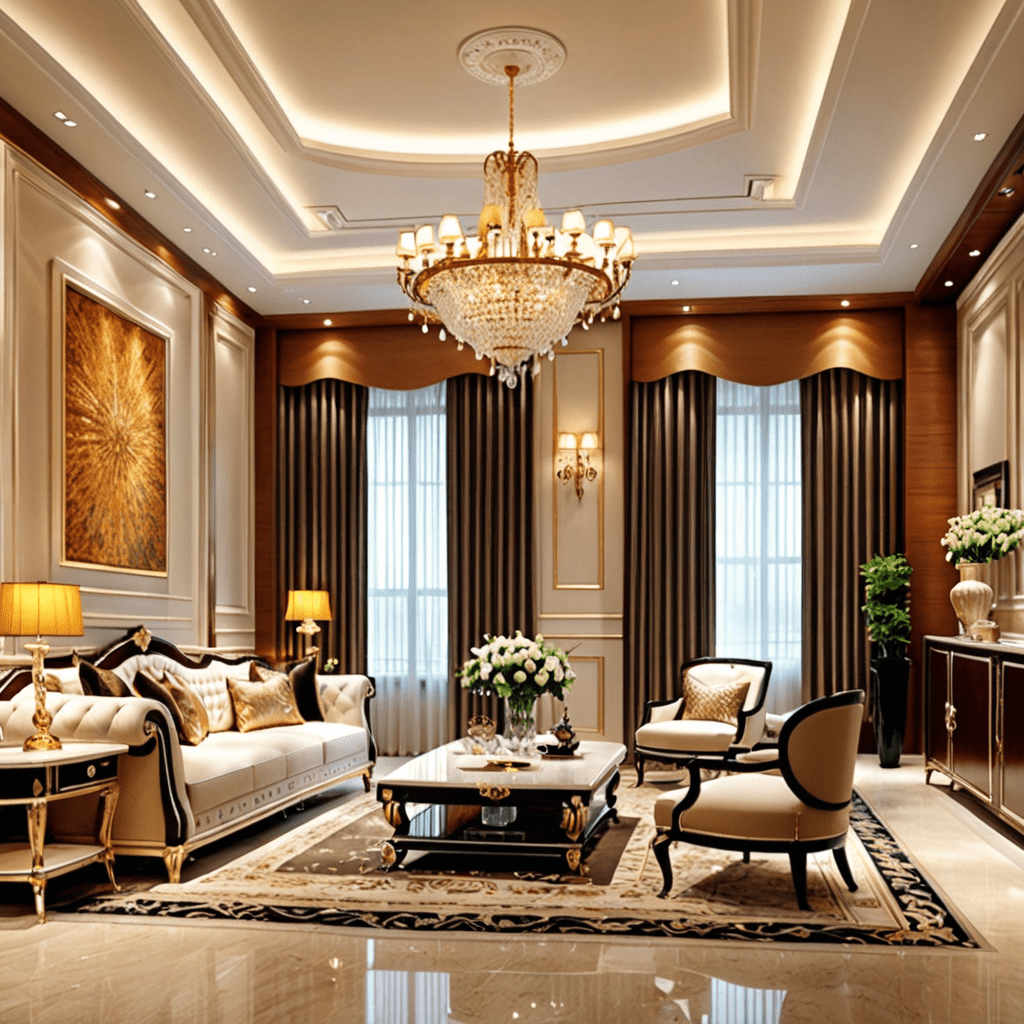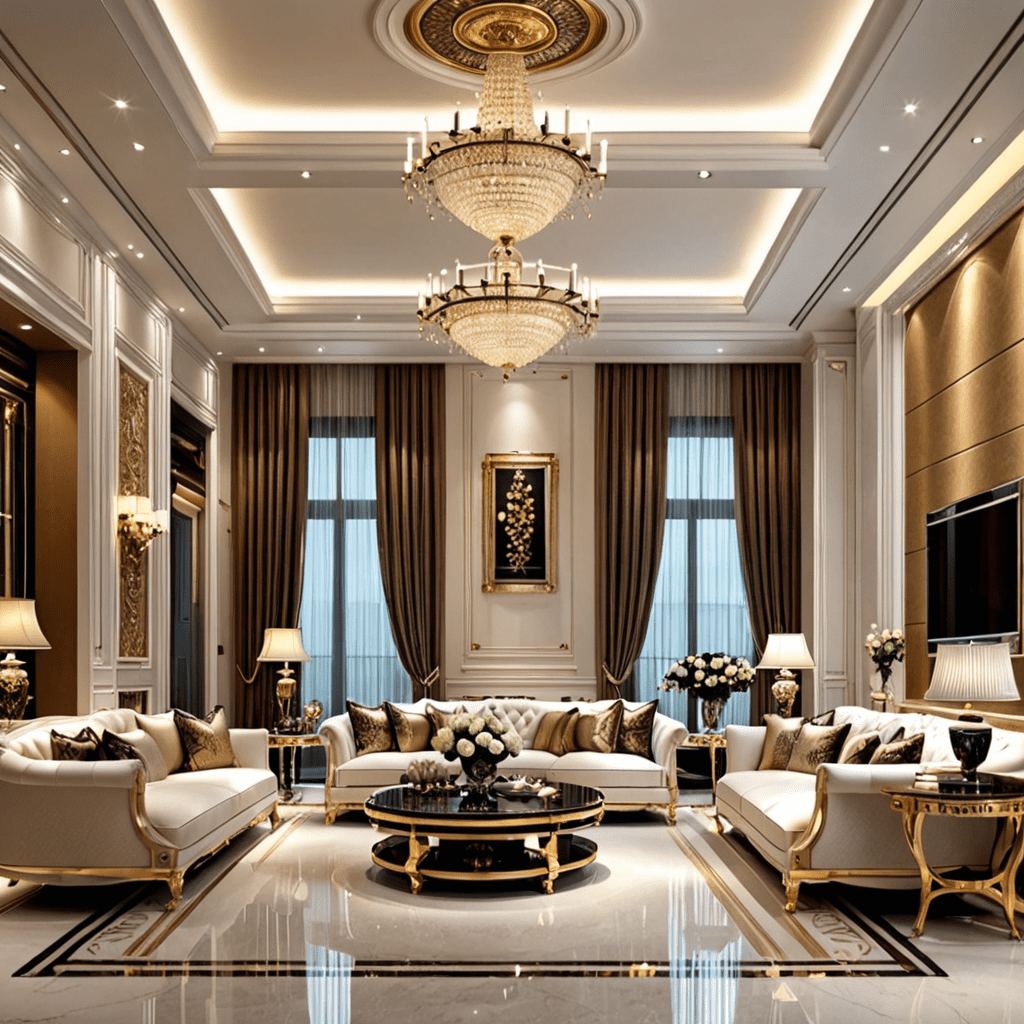„Unleashing the Timeless Elegance of Classical Interior Design”
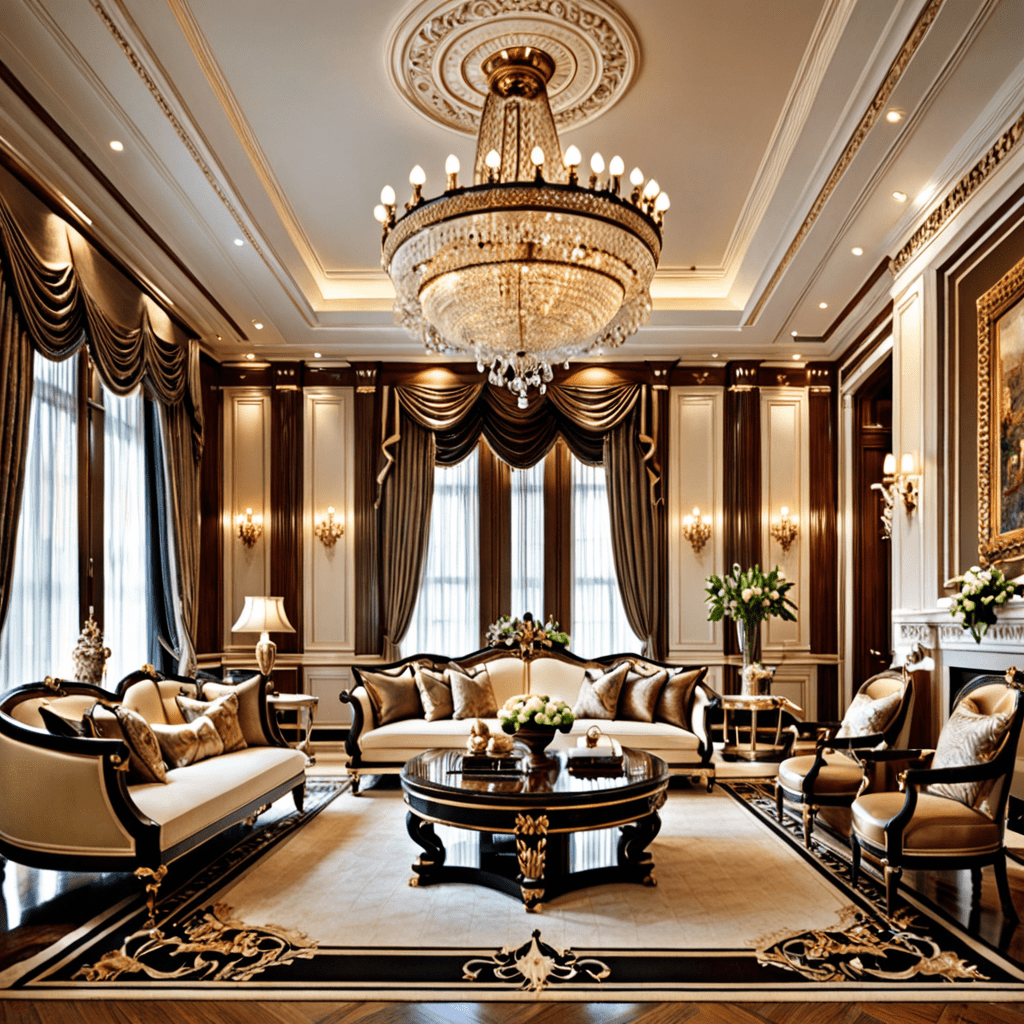

Unleashing the Timeless Elegance of Classical Interior Design
Classical interior design exudes timeless elegance and sophistication. It resonates with the rich heritage of the past while embracing enduring aesthetics. Incorporating the essence of classical design into your home can bring about an atmosphere of opulence and refinement. Let’s delve into the key elements and principles of classical interior design and how to bring this timeless style to life within your home.
Elegant Symmetry and Balance
One of the hallmarks of classical interior design is the emphasis on symmetry and balance. Spaces are often arranged in a harmonious and balanced manner, reflecting a sense of order and proportion. This aesthetic is achieved through the placement of carefully matched pairs of furniture, art, or accessories, creating a cohesive and visually pleasing environment.
Luxurious Fabrics and Materials
Classical interior design embraces luxurious fabrics and materials, such as silk, velvet, and brocade, to add a touch of opulence to the space. Richly textured upholstery, ornate draperies, and intricately detailed rugs are commonly used to enhance the sense of luxury and grandeur within classical interiors. Warm wood tones, marble, and polished metals further contribute to the overall luxurious ambiance.
Intricate Architectural Details
Architectural details play a pivotal role in classical interior design, adding depth and character to the space. Elaborate moldings, ornate cornices, and decorative ceiling medallions are often used to embellish walls and ceilings, creating a sense of grandeur and craftsmanship. Columns, pilasters, and arched doorways are also prevalent architectural elements that evoke a classical aesthetic.
Timeless Furniture Pieces
Classic furniture pieces are integral to achieving an authentic classical interior design. Designs inspired by the Neoclassical and Baroque eras, such as Louis XVI chairs, Chippendale cabinets, and Sheraton tables, are commonly incorporated into classical interiors. These pieces often feature intricate carvings, graceful curves, and attention to detail, reflecting the craftsmanship of a bygone era.
Rich Color Palette
Classical interior design favors a rich and sophisticated color palette that exudes warmth and elegance. Deep jewel tones, including ruby red, sapphire blue, and emerald green, are often used to add a sense of richness to the space. Neutral hues such as ivory, gold, and olive provide a timeless backdrop, while gilded accents and ornate patterns contribute to the overall opulent ambiance.
Accessories and Artwork
Accessories and artwork serve as the finishing touches in classical interior design, adding depth and character to the space. Ornate mirrors, candelabras, and antique sculptures are commonly used to adorn mantels and consoles, elevating the overall aesthetic. Fine art, such as classical paintings and sculptures, can also be incorporated to lend a sense of history and sophistication to the interior.
Creating a Classical Interior
Bringing classical interior design into your home involves a meticulous approach to detail and a keen eye for elegance. Start by selecting a refined color palette and incorporating luxurious fabrics and materials into your furnishings and decor. Focus on achieving a sense of balance and symmetry within your space, and carefully consider the architectural details that can enhance the overall ambiance. Classic furniture pieces and carefully curated accessories will complete the look, evoking a sense of timeless elegance and sophistication.
FAQ
Q: Is classical interior design suitable for modern homes?
A: Classical interior design can be adapted to suit modern homes by incorporating classical elements into a contemporary framework. This fusion of styles can create a unique and visually compelling aesthetic that blends the best of both worlds.
Q: What are some key differences between classical and traditional interior design?
A: Classical interior design is often characterized by its adherence to the design principles of ancient Greece and Rome, emphasizing symmetry, balance, and proportion. Traditional interior design, on the other hand, encompasses a broader range of styles rooted in various historical periods, often incorporating a more eclectic mix of furniture and decor.
Q: How can I incorporate classical interior design on a budget?
A: To incorporate classical interior design on a budget, consider investing in key statement pieces, such as a classical-style sofa or an ornate mirror, while complementing them with more budget-friendly accessories and decor. Pay attention to architectural details and use paint and moldings to create the illusion of grandeur and elegance. Thrift stores and antique markets can also be great sources for finding affordable classical elements.
In conclusion, classical interior design offers a timeless and enduring aesthetic that embodies elegance, luxury, and sophistication. By incorporating the key elements of symmetry, rich materials, architectural details, classic furniture, and a refined color palette, you can create a space that exudes the opulence of a bygone era while maintaining a sense of timeless beauty within your home.

